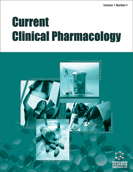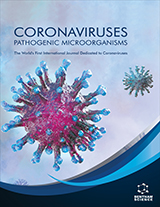Abstract
In this chapter, we focus on solutions. In the introduction, general and
descriptive aspects are defined, such as the classification of solutions and the addition
of solids. Considering the properties of these systems, we focus on definitions related
to colligative properties, and on the use of this property for the adjustment of isotonic
solutions considering the selective capacity of the membranes, differentiation of
tonicity and osmolarity. We also introduce the calculations necessary for the
preparation of isotonic solutions with blood plasma, using the mass and volume
adjustment method. The solutions require different methods of expressing their
concentration, and in order to develop this point, we present the different forms of
expression, with extensive detail on one of the variables, i.e., normality, very important
in the formulation of parenteral solutions. Since the preparation of solutions is an
important aspect, we detail the existing interactions between the solute and the solvent,
specify the thermodynamic aspects that condition the solubility of the solute in the
solvent, and develop variables such as polar interactions, capacities to accept or give
Hydrogen bridge junctions and the energy requirement to generate space within the
solvent, giving a rational look at the process of improving the capacity of the solvent to
contain the solute. The dissolution rate is another variable developed through simple
equations, which make an analysis of the factors that modify it, such as agitation,
temperature, particle size, and diffusion coefficient. We also describe variables such as
the pH and the dielectric constant of the solvent to modify solubility.






















